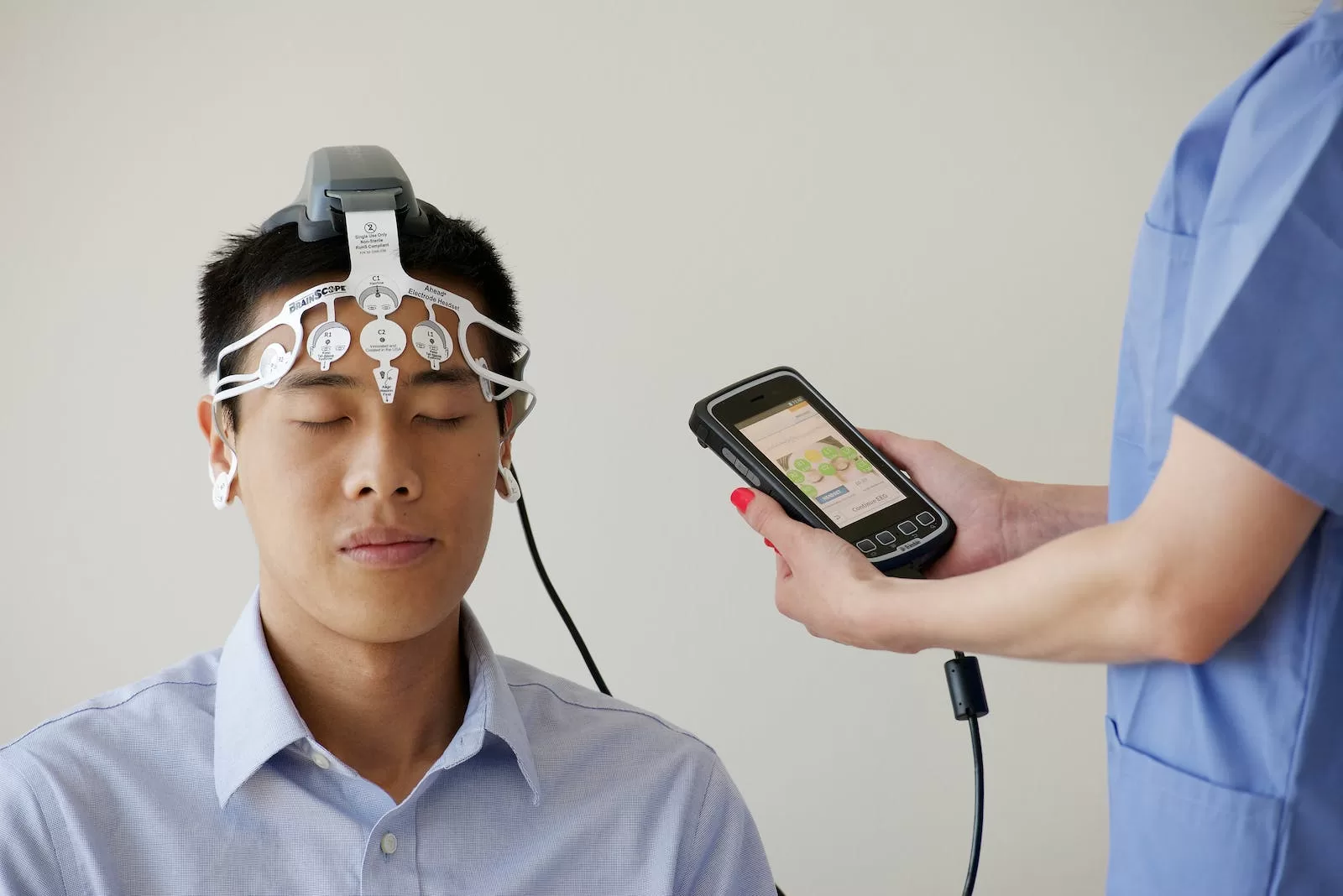Physiological psychology, a branch of psychology that seeks to understand the neural mechanisms underlying behaviour, employs a diverse range of methods to explore the intricacies of the brain and nervous system. In this blog, we will delve into the world of physiological psychology methods, categorizing them into invasive and non-invasive techniques, each offering unique insights into the complexities of the mind.
I. Invasive Methods:
- Anatomical Methods:
- Involves the study of the brain’s structure.
- Classical methods include dissection and staining techniques to visualize neural pathways and cell structures.
- Modern advancements, such as neuroimaging, provide high-resolution anatomical details.
- Degeneration Techniques:
- Observes the changes in neural tissue following injury or disease.
- Wallerian degeneration studies involve examining the degeneration of axons after they are severed.
- Helps identify the functions associated with specific brain regions.
- Lesion Techniques:
- Involves intentionally damaging or removing specific brain areas to observe resulting behavioral changes.
- Lesions can be created chemically, electrically, or through surgical means.
- Provides insights into the functions of different brain regions.
- Chemical Methods:
- Includes pharmacological interventions to alter neurotransmitter levels.
- Microinjections of drugs into specific brain regions help understand the role of neurotransmitters in behaviour.
- Offers a precise way to manipulate neural activity.
- Microelectrode Studies:
- Utilizes microelectrodes to record electrical activity from individual neurons.
- Enables researchers to study the firing patterns and responses of neurons in real-time.
- Widely used in understanding neural coding and information processing.
II. Non-invasive Methods:
- EEG (Electroencephalography):
- Records the electrical activity of the brain through electrodes placed on the scalp.
- Excellent temporal resolution, capturing rapid changes in brain activity.
- Widely used in studying sleep patterns, cognitive processes, and neurological disorders.
- Scanning Methods:
- fMRI (Functional Magnetic Resonance Imaging):
- Measures changes in blood flow, providing information about brain activity.
- High spatial resolution, allowing the identification of active brain regions.
- Valuable for studying cognitive processes like memory and perception.
- PET (Positron Emission Tomography):
- Involves injecting a radioactive tracer to visualize brain activity.
- Useful for studying neurotransmitter function and metabolic processes.
- Slightly lower spatial resolution compared to fMRI.
- MRI (Magnetic Resonance Imaging):
- Provides detailed structural images of the brain.
- Used to identify abnormalities, lesions, or structural changes.
- Often combined with fMRI for comprehensive studies.
- fMRI (Functional Magnetic Resonance Imaging):
Conclusion:
Physiological psychology methods, whether invasive or non-invasive, offer a multifaceted approach to unravelling the mysteries of the human mind. The combination of classical anatomical methods with cutting-edge technologies like fMRI and EEG allows researchers to explore both structure and function, providing a holistic understanding of the brain’s role in behaviour and cognition. As technology continues to advance, the future promises even more sophisticated methods, deepening our insights into the physiological underpinnings of human psychology.






